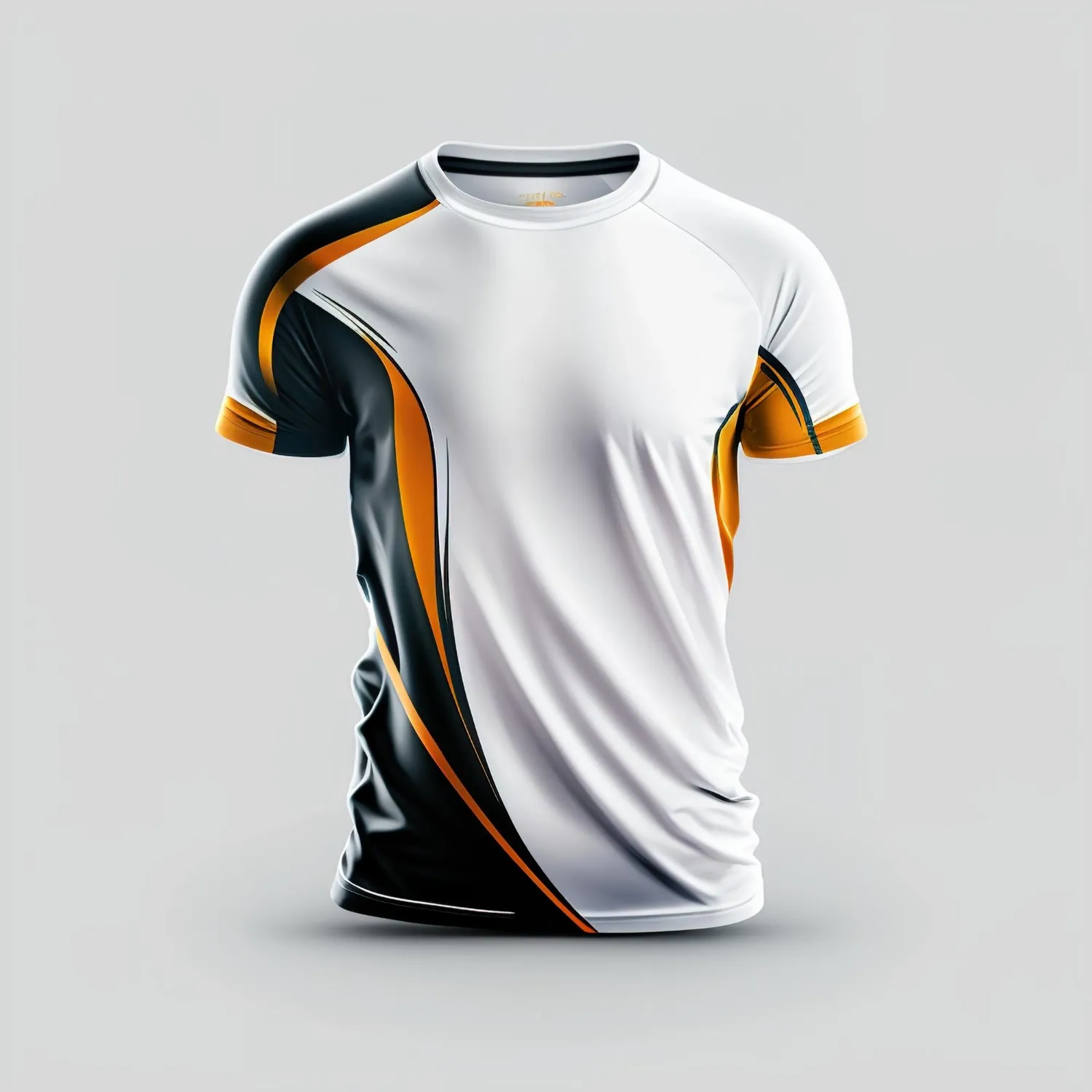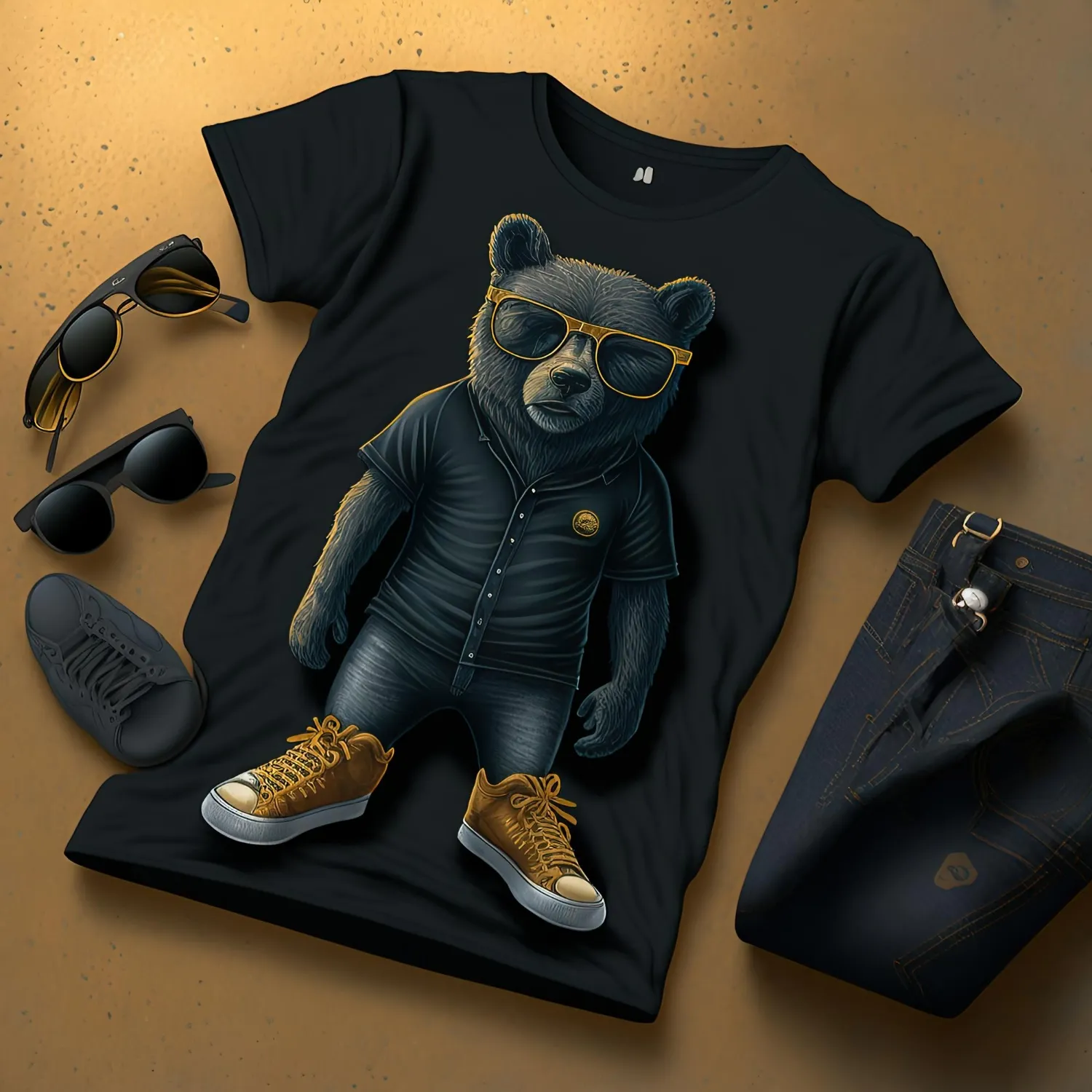How to Print T-Shirts at Home with Iron
If you’ve ever dreamed of opening your own T-shirt company, creating custom clothing to share with friends, or designing your own one-of-a-kind tee, we’ve got news for you: making your own T-shirts isn’t as tricky as you might think. And this guide is here to break it all down for you.
Read on to learn how to print T-shirts at home with an iron.

Step 1: Gathering the Supplies and Equipment
Before we dig into the nitty-gritty of how to print T-shirts at home, it’s important to focus on the supplies you’ll need. Here’s a quick list of all the gear required for making awesome tees with ease:
- A plain shirt (or multiple shirts if you want to create a bulk batch of tees)
- An iron
- Some transfer paper
- A printer
- Scissors or a craft knife
- Some software to make your T-shirt design
Step 2: Perfecting Your Design
Once you’ve got all the supplies ready to go, it’s time to get to work. And the first big thing to focus on is your design. Of course, you might already have a photo or some artwork ready to go. If not, you’ll need to load up a design program on your computer or other device and start creating.
Here are a few tips on how to print T-shirts at home to help you make a truly terrific design every time:
- High Quality: Good quality images will produce the best results when applied to a T-shirt. If your picture is low resolution, blurry, or pixelated, it won’t produce the desired effect. So try to create something that is detailed and crisp.
- Simple Shapes: Ideally, it’s best to stick with simple shapes for your designs, or enclose them in a box or frame of some kind. The reason being, you’ll need to cut out your design before applying it to your tees. If it has an odd or awkward shape, it’ll be much trickier to cut.
- Colors: Think about the colors of your design, too, especially in relation to the color of the shirt you want to print on. A design with lots of red in it, for example, will look a little strange on a shirt that’s already red. Make sure the colors you use provide contrast with the shirt color.
Step 3: Printing Your Design
Once you’re totally happy with your design, you can print it off onto the transfer paper. But if you haven’t worked with transfer paper before, take a moment to check out the instructions on the packaging.
The instructions should advise you on how to insert the paper into your printer correctly, as well as how to configure your printer settings for best results. Since this paper can be pricey, it’s best to get things right the first time, rather than printing with the wrong settings and wasting paper.

You’ll also need to cut your design out once it’s printed. For simple designs, scissors should suffice. But if your design has jagged edges or a complicated, curvy shape, a craft knife might be the better tool to use for this step.
Step 4: Preparing Your Shirt
The next step in how to print T-shirts at home is to prep your shirt for the transfer. That means washing and drying the shirt to remove any little marks and ensure that the fabric is as clean as possible.
You should also iron it, getting rid of any creases that could interfere when you come to apply the transfer. Ironing also has the secondary benefit of getting rid of any leftover moisture in the T-shirt fibers.
Step 5: Ironing on the Transfer
Next, we get to the fun part of how to print T-shirts at home. This is where you’ll actually apply your design to the shirt and iron it onto the fabric.
To begin, lay your shirt nice and flat, and then put the transfer on top. Put a soft kitchen towel or cloth over the top of that, and then use your iron to heat up the design. Move the iron in a circular motion, and start at the middle, moving outwards gradually and covering the whole image.
Usually, you should iron for about three minutes, but make sure to check the instructions of your transfer paper to be sure.
Step 6: Peeling Away the Paper
Step 6 of how to print T-shirts at home is one of the easiest parts, but it still requires a careful touch. You’ll need to give your newly-printed shirt some time to dry, before gradually peeling away the transfer paper. Start at one of the corners and peel slowly to ensure that the design has fully adhered to the fabric.
That’s it! Now you know how to print T-shirts at home with nothing but an iron and some transfer paper.

The Easier Option: Custom T-Shirt Today
If you’ve always wondered about how to print T-shirts at home, that’s how it’s done. And as you can see, it’s not all that tricky. As long as you’ve got the time and skills to make a great design and iron it carefully onto your chosen shirt, you can make some super custom clothing, all by yourself.
But if you want to make multiple shirts or if you simply want to skip the grind of designing, printing, ironing, and peeling, there is an easier way. And it’s called Custom T-Shirt Today.
Custom T-Shirt Today is a site that lets you customize your own T-shirts in just a few quick steps. You make the design, and we bring it to life. Better still, it’s not just limited to tees, either – Custom T-Shirt Today also does hoodies, tank tops, and polos, too.
Here are some of the main benefits:
- Effortless Customization: Custom T-Shirt Today offers a super simple process for customizing your clothing. Just pick a type of shirt you want and select the desired style and fabric. Then, pick your size and quantity, before customizing your design with your own logos and lettering.
- Super Speedy: As the name suggests, Custom T-Shirt Today aims to deliver orders super quickly. Your T-shirt order will be ready to ship out within just 24 hours, and rush delivery options are available, so you won’t have to wait around for ages to get your shirts.
- Amazing Value: With the most affordable prices in the business and big discounts on bulk orders, Custom T-Shirt Today takes value to the next level. It’s the best way to get custom clothing without going over budget.
If you’ve always wanted to learn how to print T-shirts at home, but prefer to make them in the easiest way possible, head to Custom T-Shirt Today and get to work on your next great design.